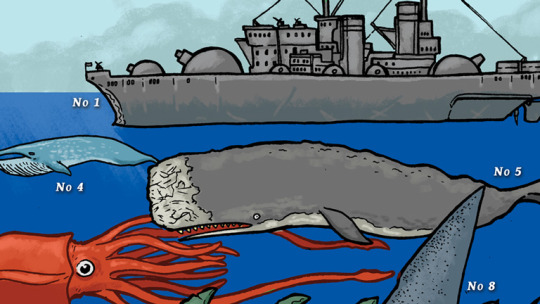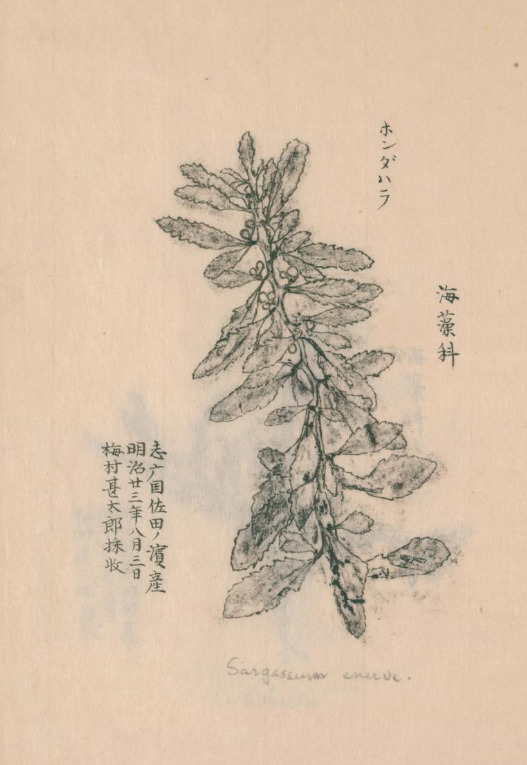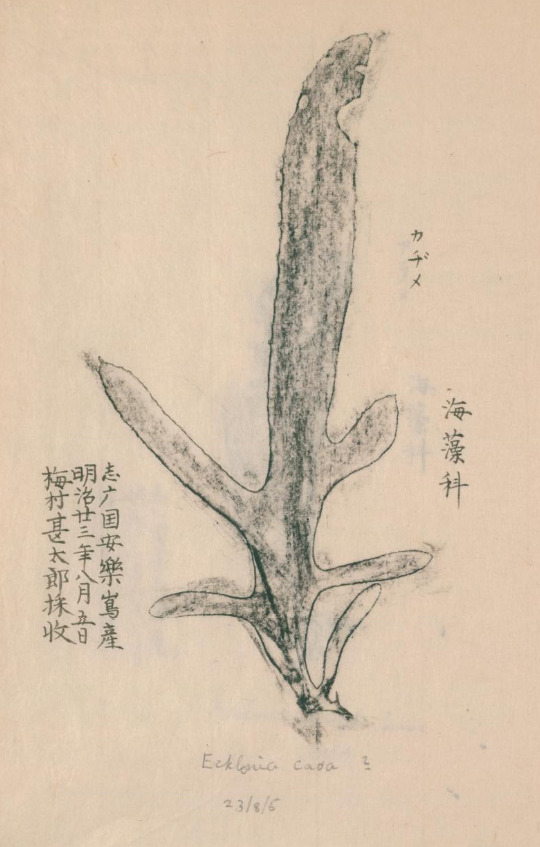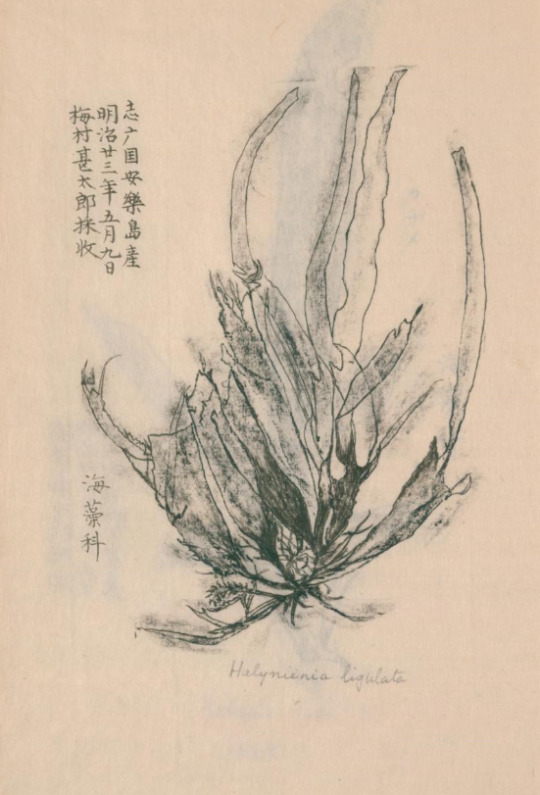#vintage scientific illustration
Photo

I’m pausing posts for a few days. Back soon.
Here are some Arizona saguaros to bridge the gap.
Image adapted from U. S. Geographical Surveys West of 100th Meridian from 1878, from the Biodiversity Heritage Library’s flickr photo stream. If you enjoy vintage scientific illustration it’s a great place to while away the hours until I return.
118 notes
·
View notes
Text

I've been trying to put a few vintage scientific illustration mushroom stickers in recent orders just for fun. You can find them in my mushroom online shop here! If you like to put stickers on your reusable water bottle, they're small enough to fit between bigger stickers...aka the perfect size! I have them on my water bottle they're definitely a conversation starter and gateway to meet other "mushroom people"!
#mushrooms#mushroom#mycology#fungus#fungi#mushroom stickers#vintage#vintage scientific illustration#scientific illustration#stickers#fungi stickers#mycology stickers#small business#online shop#fungus queen#fungusqueen#fungus queen stickers
24 notes
·
View notes
Text

🦋BUTTERFLY FAIRIES OF THE WORLD🦋
I think at this point I've posted all of my butterfly fairies! I've been working on this thing forever, so I really hope you enjoy it. It's very much a love letter to scientific illustrations of animals, that I used to pour over as a kid!
I made prints of this illustration as well, which you can buy on my etsy!
#fairy#retro#vintage poster#scientific illustration#fantasy art#field guide#watercolor#faeries#faerie#fae folk
4K notes
·
View notes
Text

#botanical#flower#flowers#flowercore#botany#vintage#fairy aesthetic#fairycore#art#vintage art#illustration#scientific illustration#gardencore
799 notes
·
View notes
Text

Robert Fludd, Utriusque Cosmi, 1619
more
#robert fludd#the cosmos#scientific illustration#astronomy#vintage illustration#Utriusque Cosmi#1619#books
534 notes
·
View notes
Text

Ernest Hackel - Ascidiae from Kunstformen der Natur (1904) via rawpixel
#illustration#scientific illustration#vintage illustration#vintage#vintage art#vintage aesthetic#marine biology
335 notes
·
View notes
Text




Illustrations from Marvels of the Universe, vol. 2 (c. 1920s): radiolaria, water-mites, anemones of the southern seas, and "some beautiful jellyfishes".
All illustrations drawn by James Green.
#1920s#scientific illustration#vintage illustration#ocean#jellyfish#anemone#radiolaria#humanity’s roommates#the past is a foreign country
140 notes
·
View notes
Text



So in writing the history of identification/taxonomy chapter for The Everyday Naturalist, I spent a lot of time poring over scans and reprints of very old western European natural history books. This included a lot of medieval bestiaries, which were usually illuminated manuscripts with the colorful, stylized artwork so common from that era. It wasn't until the European Renaissance that you started seeing more of an emphasis on realistic artwork, and by the time you get to the transitional period between the late Renaissance and the Enlightenment engravings based on original drawings were very common for illustrating books on animals and plants.
A lot of the images passed around as "antique scientific illustrations" stem from the mid-17th century Historiae Naturalis written by John Jonston and illustrated by Matthäus Merian the Elder. By this point in history numerous European nations were sending ships around the globe to bring back resources, which included a significant number of natural history specimens. The sheer variety and biodiversity represented by these gave naturalists in these countries an overwhelming amount of fodder for study, classification, and publication.
However, there was still the perennial problem that not everyone writing or illustrating these seemingly exotic species could access them in person. Medieval bestiaries, and their predecessor the Physiologus, tended to mix natural history with religious allegory, and often the writers had never actually seen the species they were describing. Since they had to go on secondhand (or thirdhand, or fifteenthhand) information, things sometimes got lost in translation like a big game of Telephone. And the situation was still the same by the time Jonston and Merian were working on the Historiae Naturalis.
Which is why that venerable attempt to catalog as many of the animals in the known world as possible includes, amid pages of real animals like molluscs, deer, and bats (categorized with the birds!), you also had descriptions and engravings of six different unicorn species. Jonston did remark that he was going entirely on the word of others and cited his sources wherever he could, but it seems as though most of them were treating the unicorn as a separate beast from the rhinoceros or antelopes. (You can find a scan of the entire Historiae Naturalis de Quadrupedibus here, if you want to read for yourself.)
This is probably the last major natural history work in which unicorns and other mythical animals would be presented as equally real as flesh-and-blood animals; once the Enlightenment got into full swing, the sciences sought empirical evidence, and hearsay was generally no longer considered good enough for publication. So there's something a little charming about this text that bridges the gap between the ancient bestiaries with their blurring of fact and fiction, and the modern emphasis on chasing down the truth behind the myths.
#natural history#Historiae Naturalis#scientific illustration#antique illustration#vintage illustration#bestiaries#science#unicorns#animals#wildlife#nature#Renaissance#medieval art#medieval history#bestiary#history#art history#antique animals
75 notes
·
View notes
Text
Remember this post I made?
Well I'm back with something pretty special: Some pictures of the diagrams from said book! The book is Trinidad Naturalist Volume 2 No. 12, and it was published in November/ December of 1979!



[Image ID: Several diagrams of a crab, showing the closeup of the palps and claws. The paper is slightly brownish, showing that the book have considerable age. /End ID]
@revretch, @bogleech and maybe @vintagewildlife, I think you'll be interested in this? Especially since this book have interesting pictures in some of the articles as well.
#OCTAfan says stuff#vintage illustration#scientific illustration#Crab#Decapod#Mimilambrus Wileyi#Ask to tag
101 notes
·
View notes
Photo

Don’t take me for granite or I shale be angry. You won’t will you? Of quartz not.
#Illustration#vintage illustration#scientific illustration#geology#rocks#minerals#minerology#funny#humor#humour
161 notes
·
View notes
Text

(Source)
#scientific illustration#transparent#skull#marine mammals#png blog#png#animals#sea lions#pinnipeds#australian sea lion#natural history of victoria#natural history#nature#nature art#vintage#vintage art#vulture culture#bones#skull art
37 notes
·
View notes
Text

11/10/23
#dinosaur toy#dinosaur#field museum#art#painting#scientific illustration#oil painting#paleontology#original art#paleoart#vintage dinosaur#🦖#tyrannosaurus rex
54 notes
·
View notes
Photo

My coworker is currently in beauty school working on her credentials so she gave me an almost-free gel manicure and I love it! Also a reminder that I have these Amanita jacksonii stickers available in the vintage mushroom sticker packs in my online shop. Every single sticker pack has one of this species!
#amanita#amanita jacksonii#mushroom stickers#mushroom#mushrooms#fungus#fungi#mycology#vintage mushroom stickers#vintage scientific illustration#stickers
23 notes
·
View notes
Photo





A reference poster for the Kreakens in a setting I’m working on. Know the difference!
Plugs:
Follow me on twitter and insta! I’m markerslinger on both!
If you can spare it and wanna yell at the sky with me and see some other stuff and maybe get some of the goods. Become a patron!
Also check out my site here!
-M
#markerslinger#realm of kong#kdf#kraken#sea monster#kaiju#deep sea#creatures#monsters#sea chart#fantasy art#fantasy monsters#bestiary#vintage monsters#scientific illustration
323 notes
·
View notes
Text

#botanical#botany#flower#flowers#flowercore#nature#naturecore#scientific illustration#illustration#botanical illustration#cottagecore#fairy#fairycore#vintage#vintage art#art#fairy aesthetic#plants#mine
856 notes
·
View notes
Photo






Jintaro Umemura, Shishu seaweed map, 1892
Publisher
Tokutaro Ito
1K notes
·
View notes